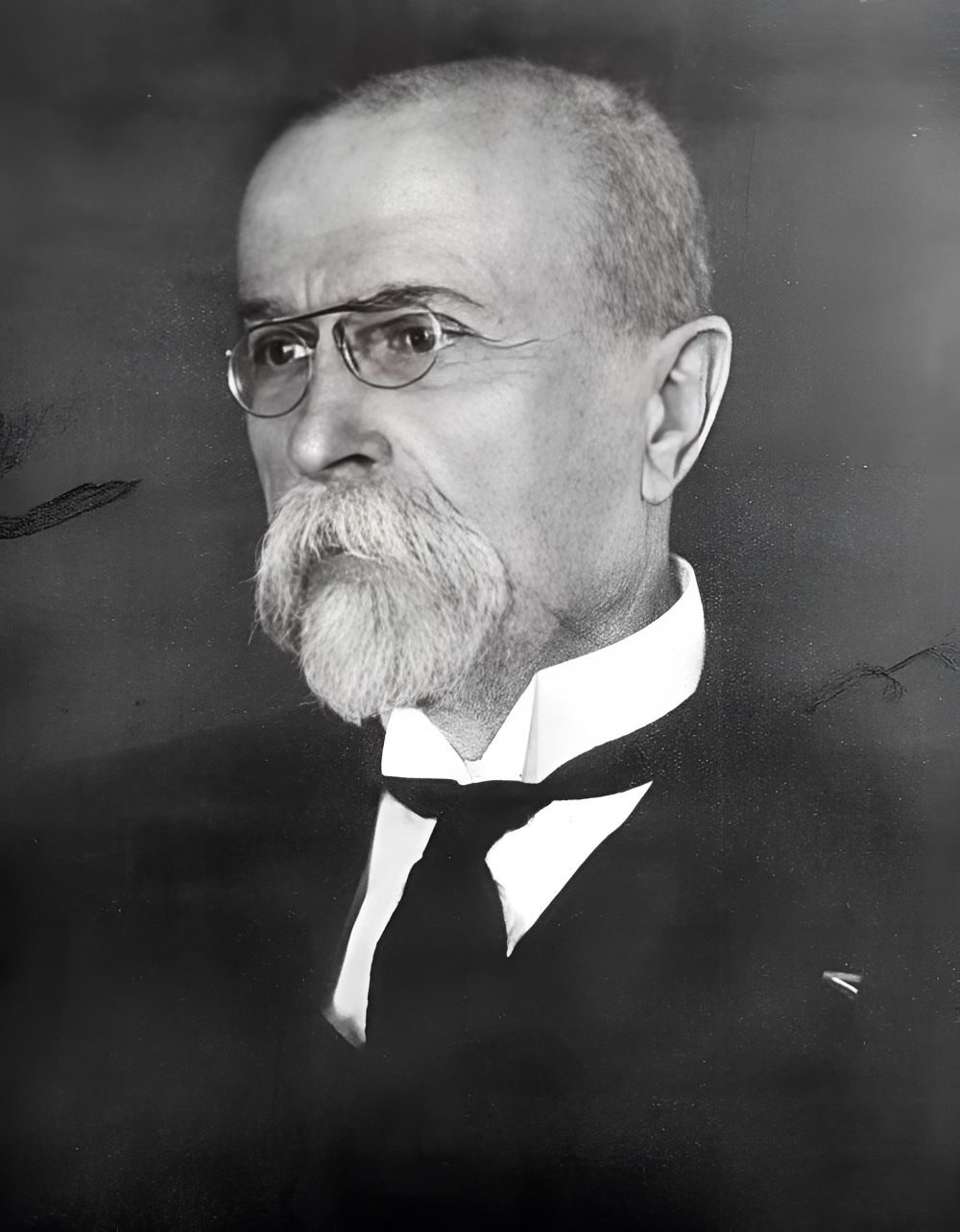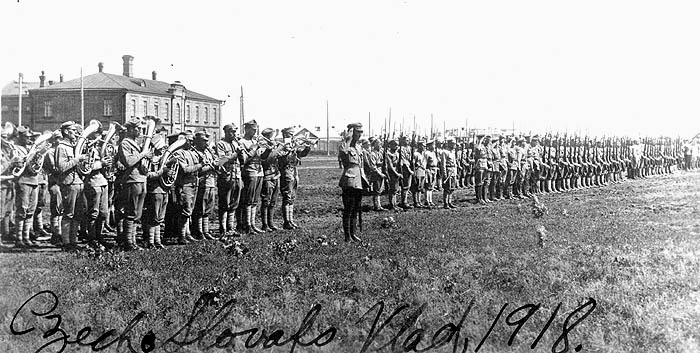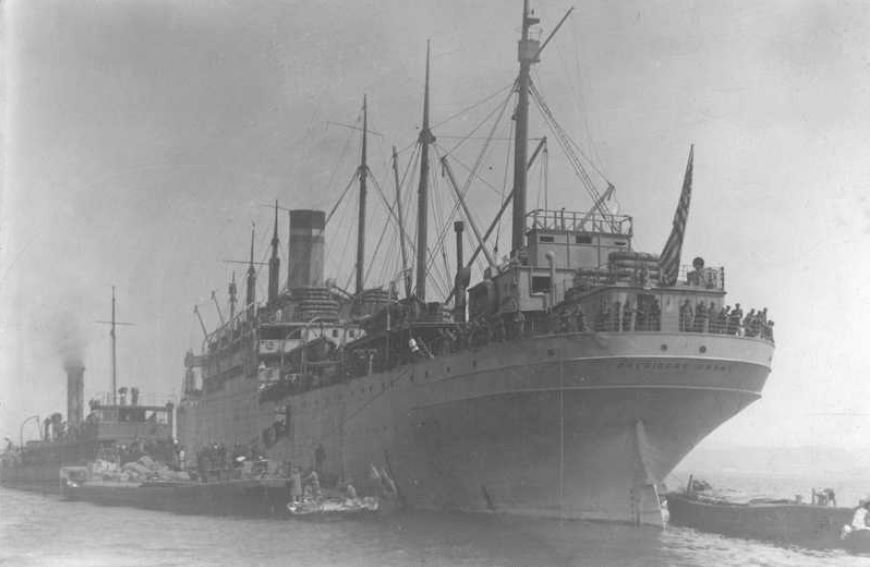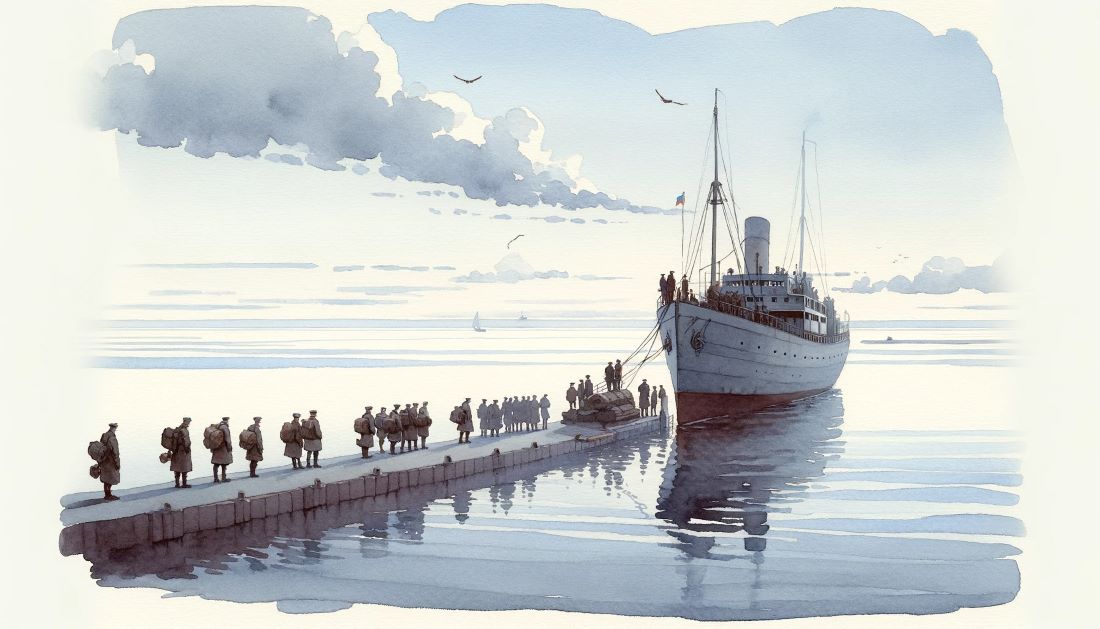The Czechoslovak Legion was a unique military and political force that, for a brief period, established its dominion over a significant part of Siberia. This blog post explores how this legion, comprised of Czech and Slovak prisoners of war, emerged as a formidable entity amidst the chaos of post-revolutionary Russia. We will delve into the pivotal events that marked the Legion’s conflict with the Bolsheviks and the lasting consequences of these clashes. Join us as we uncover the story of the Czechoslovak Legion’s fleeting but impactful rule in the vast, icy expanse of Siberia.
The Genesis of the Czechoslovak Legion
The Czechoslovak Legion was born out of the ashes of the Austro-Hungarian Empire during World War I, initially formed from Czech and Slovak volunteers aiming to fight for their independence. Under the broader vision of creating an independent Czechoslovak state, these troops allied themselves with the Entente powers, hoping their support would lead to national recognition. The legion’s goals were not merely military but deeply intertwined with the nationalist aspirations spearheaded by their intellectual and political leader, Tomáš Masaryk.

Masaryk, a staunch advocate for Czech and Slovak independence, was instrumental in defining the legion’s ideology and diplomatic direction. His influence extended beyond the battlefield, helping to garner international support for the Czechoslovak cause. As the war progressed and Russia’s involvement deepened, the legion found itself in the vast expanse of Siberia. Their presence in this remote region was a result of the chaotic aftermath of the Russian Revolution and the subsequent collapse of the Eastern Front, where they had been fighting. In Siberia, the legion sought to secure a safe passage to the Western Front to continue their fight for independence but soon became embroiled in the complex military and political turmoil of the Russian Civil War.
The Escalation of Conflict
The initial skirmishes between the Czechoslovak Legion and the Bolsheviks were sparked by a tense and ultimately tragic incident aboard a train in Chelyabinsk, a city along the Trans-Siberian Railway. In May 1918, an altercation between legionaries and Hungarian POWs escalated, leading to the death of a legionary. The Bolsheviks’ attempt to disarm the Czechoslovak soldiers in response ignited a fierce resistance. This incident catalyzed a broader rebellion, and within a short span, the well-organized and determined Czechoslovak troops took control of Chelyabinsk, marking the beginning of their significant military campaign against Bolshevik forces.

As the legion expanded its control, capturing key cities along the Trans-Siberian Railway, their numbers grew to an impressive force of approximately 70,000 well-trained and highly motivated men. This strategic control of the railway was a critical factor in their initial successes. Their unexpected and rapid gains caught the Bolsheviks off guard, significantly disrupting their plans. The legion’s military prowess and control of vital infrastructure soon made them a valuable ally to the anti-Bolshevik White forces. Subsequently, the Czechoslovak Legion became an integral part of the broader counter-revolutionary movement, fighting not just for their national aspirations but also in the complex web of the Russian Civil War. Their involvement would have lasting implications for both their own national goals and the broader conflict engulfing Russia.
The Paradox of Allegiances
The Czechoslovak Legion’s involvement in the Russian Civil War presents a striking paradox. While they fought alongside the White forces, supporting the remnants of Imperial Russia against the Bolsheviks, the opposite side saw a peculiar alliance. Many prisoners from the Central Powers—Germans, Hungarians, and Austrians—found themselves fighting for the Bolsheviks, some out of ideological alignment, others out of the necessity to survive in the tumultuous landscape of revolutionary Russia. This odd reversal of expected alliances underscored the complex and often contradictory nature of the conflict, where national objectives, ideological commitments, and the sheer will to survive intertwined unpredictably.

Amidst this chaos, the Czechoslovak Legion’s advances brought them near Yekaterinburg, where Tsar Nicholas II and his family were held captive by the Bolsheviks. The legion’s approach instilled a deep fear in the Bolsheviks, concerned that a successful rescue by the legion could reinvigorate White support and possibly turn the tide of the war. In a preemptive and grim decision, the Bolsheviks executed the Romanov family in July 1918, a tragic event aimed at eliminating any hope of a monarchist resurgence. This act of desperation not only highlighted the Bolsheviks’ precarious position at the time but also reflected the profound impact the Czechoslovak Legion had on the broader dynamics of the Russian Civil War, influencing events far beyond their immediate military engagements.
Strategic Significance and Complex Evacuation of the Czechoslovak Legion
The Czechoslovak Legion, holding significant sway over the southern Ural region and controlling a substantial portion of Siberia, became the centerpiece of the Allied powers’ (France, the United Kingdom, and the USA) plans against Bolshevism. Their strategic position and well-organized structure made them the only viable Allied force in Russia, prompting the Allies to contemplate retaining them as the core of the intervention forces. The French command, under General Maurice Janin, orchestrated their operations, even deciding to protect Admiral Kolchak’s train during the tumultuous period. However, the legion’s aspiration to return to their newly independent homeland eventually led to a complex and massive evacuation effort from Vladivostok.

The evacuation involved a total of 36 transports, facilitated by 21 ships provided by the Allies—12 from the United States and 9 from the United Kingdom, with an additional two provided by the American Red Cross. Notably, ships like the “President Grant” and “Heffron” undertook multiple journeys, navigating the lengthy route of evacuation. The legionnaires embarked on two primary routes: one around the Chinese, Indian, and Arab-Egyptian coasts, passing through the Suez Canal to Trieste in Italy, and another around Japan, across the Pacific, and over America, either through the Panama Canal or via railway from Vancouver across Canada or from San Francisco across the United States to the Atlantic, where they would then be transported to ports in France, Italy, or Germany.
The number of individuals evacuated was substantial, comprising 53,455 non-commissioned officers and soldiers (78.9%), 3,004 officers and administrative officials (4.4%), 6,714 civilians (including compatriots and former prisoners, making up 9.6%), 1,716 women (both soldiers and civilians, accounting for 2.5%), 717 children (1.3%), 1,935 foreigners (2.9%), and 189 various volunteers (0.3%). This massive and meticulously organized evacuation not only signified the end of the legion’s significant role in the Russian Civil War but also marked the beginning of their journey home to contribute to the foundation and defense of an independent Czechoslovakia. Their legacy, characterized by their strategic significance and the complex nature of their withdrawal, remains a testament to their resilience and the intricate geopolitics of the time.
Historical Challenge: Can You Conquer the Past?
Answer more than 18 questions correctly, and you will win a copy of History Chronicles Magazine Vol 1! Take our interactive history quiz now and put your knowledge to the test!

